Advertisement
It's easy to do yourself, as long as you have about an hour, and a clever 12-year-old to help!
A dramatic tire blowout at highway speed had literally "blown out" the aluminum fender on the trailer under the boat we'd just purchased. We bought the rig for a good price partially because of the damage, for which the seller had received estimates of up to $200 to repair. I knew it was a doable DIY job and got to it shortly after the boat and trailer found their new home in my yard.
Most major trailer manufacturers offer replacement fenders, and I was able to secure an aluminum, diamond-plate-pattern boat trailer fender from Continental Trailers. Several sources also offer generic replacement fenders for a variety of boat-trailer applications, which can be ordered online or found at local trailer supply stores and at some big-box retailers. When I received the replacement fender from Continental, I was surprised at how light it was, that it wasn't pre-drilled with holes to secure it to the trailer frames, as well as how "bendable" the aluminum fender was without the support of the trailer frame brackets to help stiffen it. With the assistance of my 12-year-old son, we had the old fender off and the new one on within an hour. Here's how we did it:
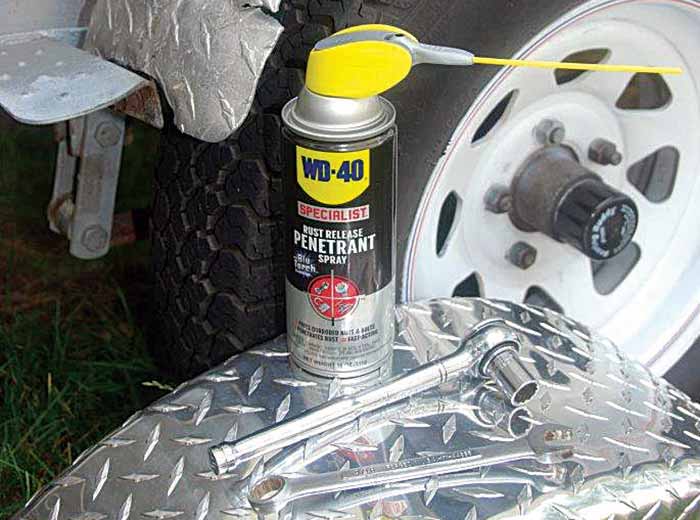
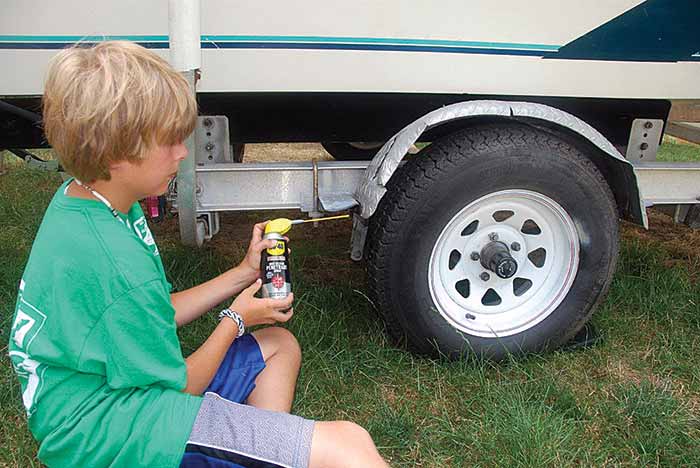
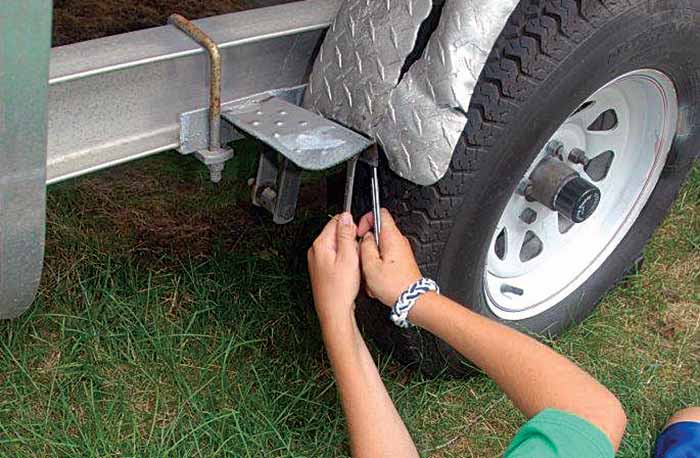
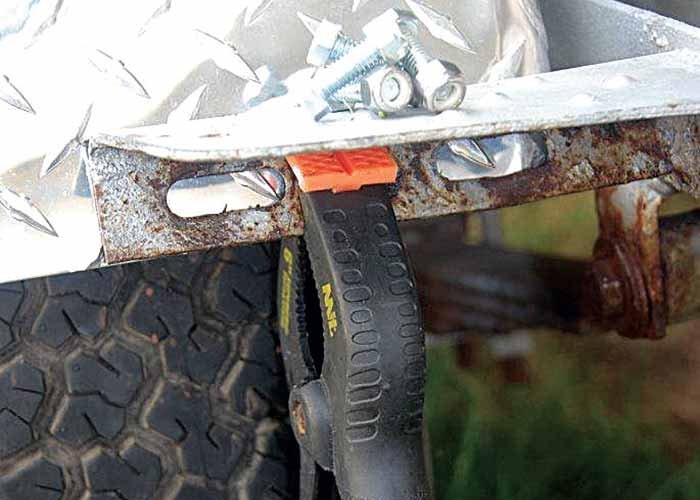
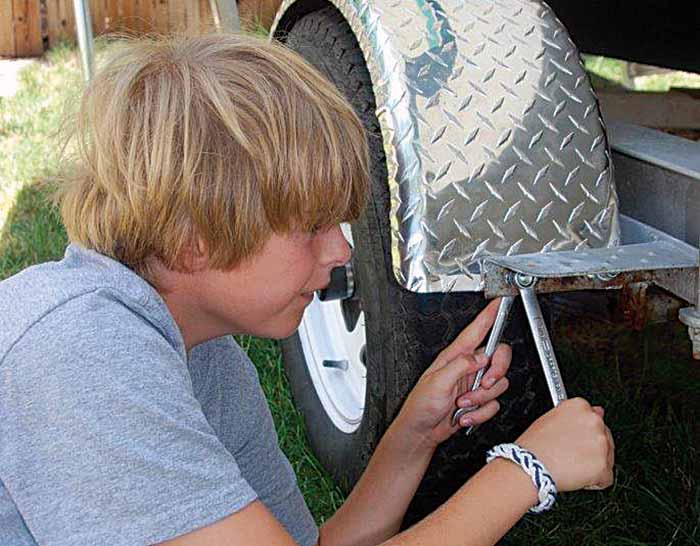
5. Most fender brackets, such as these on the Continental Trailer, offer slotted holes for the hardware to allow the fender's position to be adjusted closer or farther from the frame before being secured to the brackets.
Install the new fender using the old hardware or new, depending on condition.
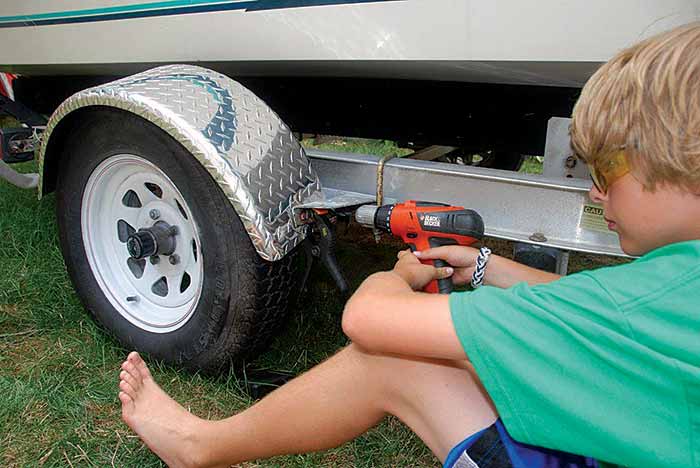
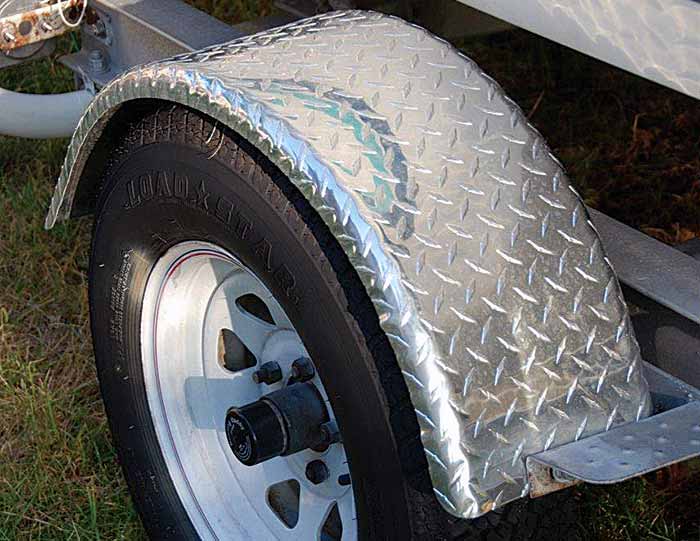
7. Finished!
